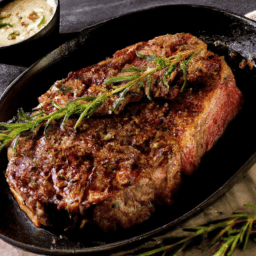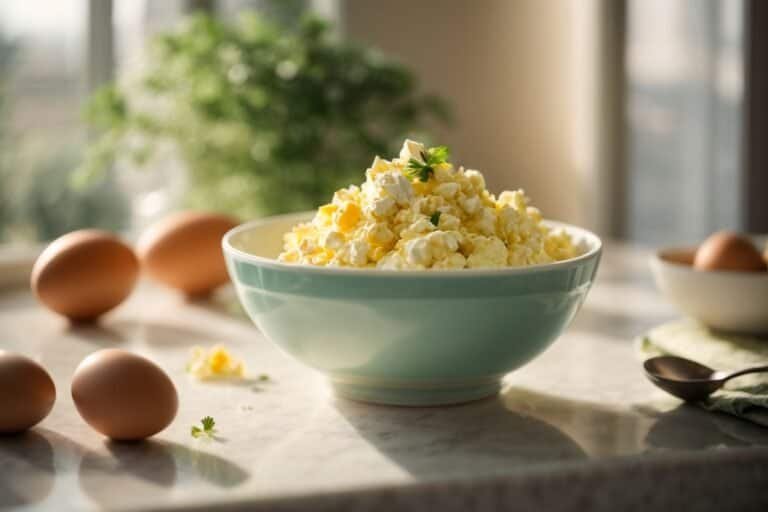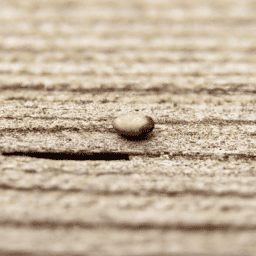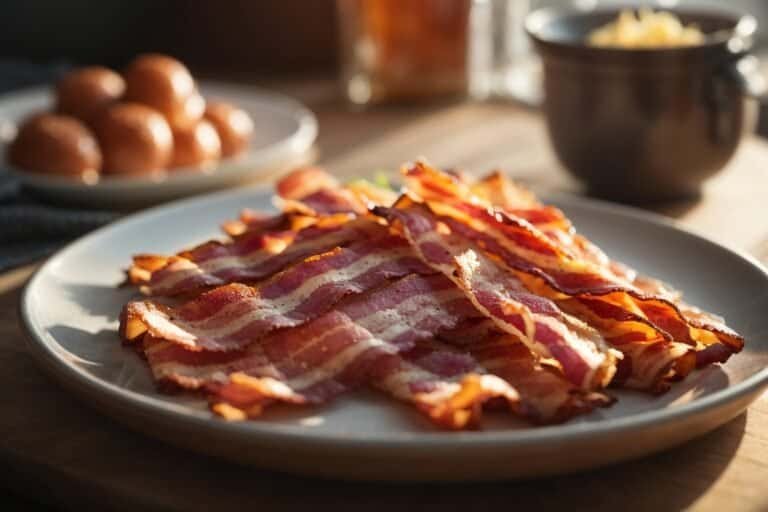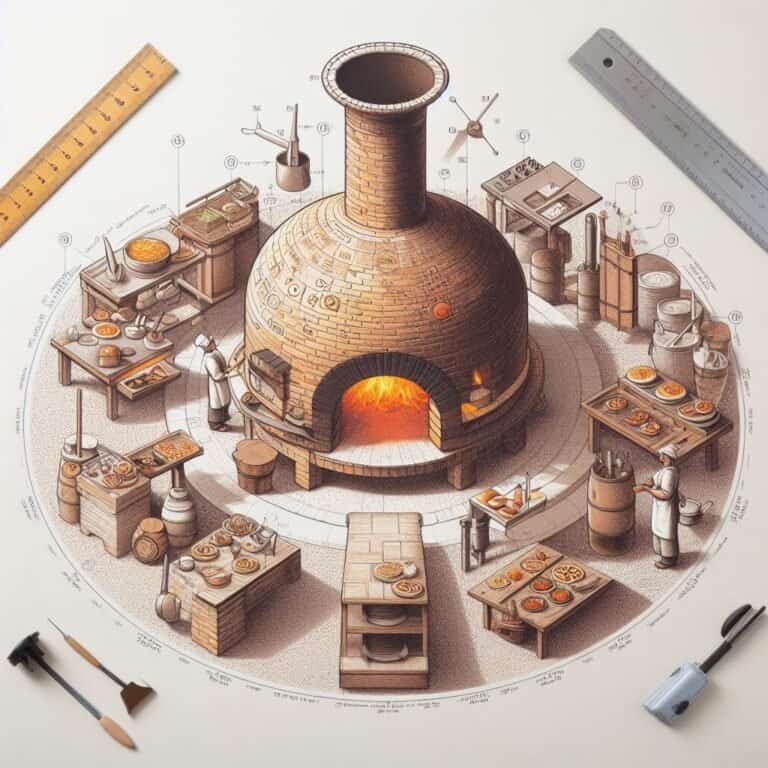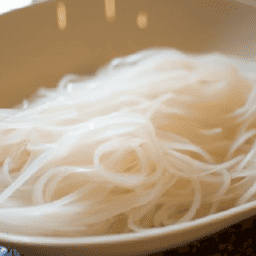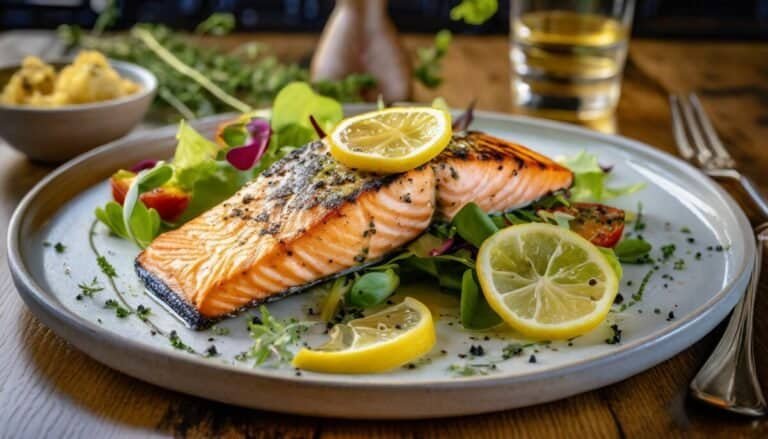How To Cook Ribeye Steak
If you’re a steak lover looking to master the art of cooking the perfect ribeye, you’re in luck! This article will guide you through the steps of cooking a delicious ribeye steak that’s juicy, flavorful, and tender. From selecting the right cut of meat to achieving the ideal level of doneness, you’ll find all the essential tips and techniques necessary to make your next ribeye steak a mouthwatering success. So, grab your apron and get ready to impress your taste buds with a steakhouse-worthy meal from the comfort of your own kitchen!
Understanding Ribeye Steak
What is ribeye steak
Ribeye steak, also known as rib eye steak, is a popular and delicious cut of beef that comes from the rib section of a cow. It is highly regarded for its rich flavor, tenderness, and juiciness. The name “ribeye” refers to the location of the steak on the animal, as it is taken from the rib primal section. This cut consists of a well-marbled piece of meat with a strip of fat running along one side.
Why ribeye steak is distinct
One of the main reasons why ribeye steak stands out is the marbling it possesses. Marbling refers to the presence of intramuscular fat running through the meat, which contributes to its tenderness, juiciness, and flavor. Ribeye steaks are known for their high degree of marbling, making them incredibly flavorful and melt-in-your-mouth tender. The fat content enhances the taste and adds moisture during the cooking process.
Ribeye steak nutrition facts
Ribeye steak offers not just a great taste but also nutritional benefits. A typical serving of ribeye steak (around 3 ounces) provides approximately 250 calories, 20 grams of protein, and essential vitamins and minerals such as iron, zinc, and B vitamins. However, it’s important to note that ribeye steak also contains higher fat content compared to leaner cuts, so portion control and moderation are key for a balanced diet.
Choosing the Right Ribeye Steak
Checking the grade of the steak
When selecting a ribeye steak, it’s essential to consider its grade. The grades typically found in the market are prime, choice, and select. Prime grade ribeye steaks are the highest quality, featuring excellent marbling and tenderness. Choice grade steaks are of very good quality, while select grade steaks have less marbling but are still flavorful. Opting for prime or choice grade ribeye steaks will ensure a superior eating experience.
Understanding marbling
Marbling is a crucial factor to take into account when choosing a ribeye steak. It refers to the fat content within the meat and plays a significant role in enhancing the steak’s flavor, juiciness, and tenderness. Look for ribeye steaks with abundant marbling throughout the meat, as it will contribute to a more enjoyable eating experience. The fat should be evenly distributed, giving the meat a marbled appearance.
Size and thickness consideration
The size and thickness of the ribeye steak are important considerations as they can affect the cooking time and overall result. Steaks that are too thin may overcook easily and become dry, while exceptionally thick steaks may take longer to cook and might risk being unevenly cooked. Aim for ribeye steaks that are around 1-1.5 inches thick for a balance between tenderness and even cooking. Consider the portion size as well, ensuring it meets your needs and preferences.
Necessary Cooking Tools and Equipment
Required kitchen tools
To prepare a delicious ribeye steak, you will need some essential kitchen tools. These include a cutting board, a sharp chef’s knife for trimming and slicing, tongs for handling the meat, and a meat thermometer for checking doneness. Having a sturdy meat mallet or tenderizer can also be useful when dealing with tougher cuts that require tenderizing.
Recommended cooking equipment
The ideal cooking equipment for preparing ribeye steak depends on your personal preference and cooking method. A grill, whether charcoal or gas, is a popular choice for achieving that classic smoky flavor. Alternatively, a cast-iron skillet or heavy-bottomed stainless steel pan can be used for pan-searing. Additionally, having a reliable oven is essential if you prefer the oven-baking method for cooking ribeye steak.
Optional tools for an improved cooking experience
While not mandatory, having certain optional tools can enhance your cooking experience when preparing ribeye steak. A meat injector can be used to infuse additional flavors into the steak, such as marinades or seasonings. A meat tenderizer with blades can help further break down tough fibers for a more tender texture. An instant-read thermometer can provide quick and accurate temperature readings for precise cooking.
Preparing the Ribeye Steak
Cleaning the steak
Before cooking ribeye steak, it’s important to clean the cut properly. Rinse the steak under cold running water to remove any loose debris or surface impurities. Pat it dry with paper towels to ensure better searing and browning during the cooking process. Trimming excess fat or silver skin is also recommended, as it can prevent proper seasoning and affect the texture of the cooked steak.
Seasoning the steak
Seasoning the ribeye steak is a crucial step to enhance its flavor. Generously season both sides of the steak with salt and pepper. The salt helps to draw out moisture, creating a flavorful crust, while the pepper adds a savory kick. You can also explore other seasonings like garlic powder, onion powder, or even a steak seasoning blend to customize the flavor profile according to your taste preferences.
Marinating the steak
Marinating a ribeye steak is an optional step but can add more depth of flavor to the meat. If marinating, choose a marinade that complements the steak’s natural flavors without overpowering them. Common marinade ingredients include olive oil, soy sauce, Worcestershire sauce, garlic, and herbs. Place the steak and marinade in a resealable bag or airtight container, allowing it to marinate in the refrigerator for at least 30 minutes or up to 24 hours for a more intense flavor infusion.
Choosing the Right Cooking Method
Grilling the steak
Grilling is a popular cooking method for ribeye steak, offering that distinctive smoky flavor and charred crust. Preheat the grill to medium-high heat and ensure the grates are clean and well-oiled to prevent sticking. Place the ribeye steak on the grill and cook it for approximately 4-6 minutes per side for medium-rare, adjusting the time based on desired doneness. Use a meat thermometer to check the internal temperature for accuracy.
Pan-searing the steak
Pan-searing is a fantastic option when grilling outdoors is not possible. Heat a cast-iron skillet or heavy-bottomed stainless steel pan over medium-high heat until it’s hot. Add a small amount of oil or clarified butter to the pan and carefully place the ribeye steak in it. Sear the steak for about 3-5 minutes per side, depending on thickness and desired doneness. Remember to let the steak rest after searing to allow the juices to redistribute.
Baking in the oven
Baking in the oven is an excellent option for ribeye steak, especially when you desire more control over the cooking process. Preheat the oven to the desired temperature, typically around 400°F (200°C). Place the seasoned ribeye steak on a wire rack set inside a baking sheet to allow for even heat circulation. Bake the steak for approximately 12-15 minutes, turning it halfway through, until it reaches the desired doneness. Refer to a meat thermometer to ensure accurate cooking.
The Grilling Method
Preheat grill
Before grilling the ribeye steak, preheating the grill is crucial to achieve optimal cooking temperatures. Heating the grill to medium-high heat will produce a nice sear and help lock in the juices. This process usually takes about 10-15 minutes, depending on the type of grill you’re using. Make sure to keep the lid closed during preheating to retain the heat.
Grilling time for each side
When grilling ribeye steak, the cooking time for each side depends on factors such as thickness, desired doneness, and grill temperature. As a general guideline, cook the steak for approximately 4-6 minutes per side for medium-rare, 6-8 minutes per side for medium, and 8-10 minutes per side for medium-well. Keep in mind that these times are subjective, and using a meat thermometer will provide the most accurate results.
Checking meat for desired doneness
To check the ribeye steak for desired doneness, insert a meat thermometer into the thickest part of the steak without touching any bone or fat. For medium-rare, aim for an internal temperature of around 135°F (57°C). Medium doneness ranges between 140°F (60°C) and 145°F (63°C). Medium-well requires an internal temperature of 150°F (66°C) to 155°F (68°C). Remember to remove the steak from the grill a few degrees below the desired temperature, as it will continue to cook while resting.
The Pan-Searing Method
Preheating the pan
To pan-sear ribeye steak, it’s essential to preheat the pan properly to ensure good searing and caramelization of the surface. Heat a cast-iron skillet or heavy-bottomed stainless steel pan over medium-high heat until it becomes hot. Preheating usually takes about 3-5 minutes. This step is crucial to achieving a delicious crust on the steak.
How long to sear each side
The searing time for each side of the ribeye steak depends on various factors, including the desired doneness and thickness of the steak. Generally, for a 1-1.5 inch thick ribeye steak, sear each side for approximately 3-5 minutes. This timeframe will result in a medium-rare to medium doneness. Adjust the time up or down based on your personal preference.
Resting period after searing
After pan-searing the ribeye steak, it’s essential to let it rest before slicing and serving. Remove the steak from the pan and place it on a cutting board or a plate. Cover it loosely with foil to retain heat and allow it to rest for 5-10 minutes. Resting allows the juices to redistribute within the meat, resulting in a more tender and flavorful steak.
The Oven-Baking Method
Preheat oven
Preheating the oven is a crucial step when baking ribeye steak. Set the oven to the desired temperature, typically around 400°F (200°C). Allow the oven to fully preheat, which usually takes about 10-15 minutes. This ensures that the oven reaches the desired temperature and provides even heat distribution during the cooking process.
Baking temperature and timing
When baking ribeye steak in the oven, the cooking temperature and timing vary based on the desired level of doneness. For medium-rare, bake the steak for approximately 12-14 minutes. Medium doneness requires about 14-16 minutes of baking. Medium-well can be achieved by baking the steak for 16-18 minutes. Keep an eye on the internal temperature using a meat thermometer to determine when the steak is done to your liking.
Internal temperature for desired doneness
To determine the internal temperature of the ribeye steak for desired doneness, insert a meat thermometer into the thickest part of the steak, away from any bones or fat. Medium-rare is achieved at approximately 135°F (57°C), while medium doneness ranges between 140°F (60°C) and 145°F (63°C). Medium-well requires an internal temperature of 150°F (66°C) to 155°F (68°C). Remember to remove the steak from the oven a few degrees below the desired temperature, as it will continue to cook during the resting period.
Serving the Ribeye Steak
Resting time before slicing
Before slicing into the ribeye steak, it is crucial to let it rest for a brief period. Resting allows the juices to redistribute evenly throughout the meat, resulting in a juicier and more tender steak. Cover the cooked steak loosely with foil and let it rest on a cutting board or a warm plate for approximately 5-10 minutes before serving.
How to slice the steak
To ensure maximum tenderness and presentation, it’s important to slice the ribeye steak against the grain. The grain refers to the direction in which the muscle fibers run through the meat. Cutting against the grain means slicing perpendicular to these fibers, resulting in shorter muscle strands and a more tender texture. Use a sharp chef’s knife to slice the steak into thin or thick slices, depending on your preference.
Suggested garnishes and accompaniments
Ribeye steaks can be enjoyed on their own, but adding some garnishes and accompaniments can enhance the overall flavor and experience. Consider topping the steak with a pat of compound butter, such as garlic or herb butter, to add richness and flavor. Serve it alongside sautéed mushrooms, caramelized onions, or a classic béarnaise sauce for a delectable combination. Don’t forget to include your favorite side dishes, such as roasted potatoes, grilled vegetables, or a fresh green salad.
Preserving Leftover Steak
Proper cooling procedure
If you have leftover ribeye steak, it’s important to cool it properly to maintain food safety. Allow the cooked steak to cool down at room temperature for no more than 2 hours. Afterward, transfer it to an airtight container or wrap it tightly with plastic wrap. Place the container in the refrigerator promptly to prevent bacteria growth. It’s recommended to refrigerate leftover steak within 2 hours of cooking.
Storage method and duration
When properly stored, leftover ribeye steak can be refrigerated for up to 3-4 days. Keep it in an airtight container or wrap it tightly with plastic wrap to prevent exposure to air, which can lead to moisture loss and accelerated deterioration. If you won’t consume the leftover steak within 4 days, it is advisable to freeze it for longer-term storage.
Reheating leftover steak
When reheating leftover ribeye steak, it’s important to avoid overcooking it, as this can result in a loss of tenderness and moisture. The best method is to gently reheat it. Place the meat in a skillet or non-stick pan over low heat, adding a small amount of oil or butter to prevent sticking. Heat the steak until it reaches your desired level of warmth, usually around 3-5 minutes per side. Alternatively, you can reheat it in the oven at a low temperature (300°F or 150°C) for approximately 10-15 minutes.

